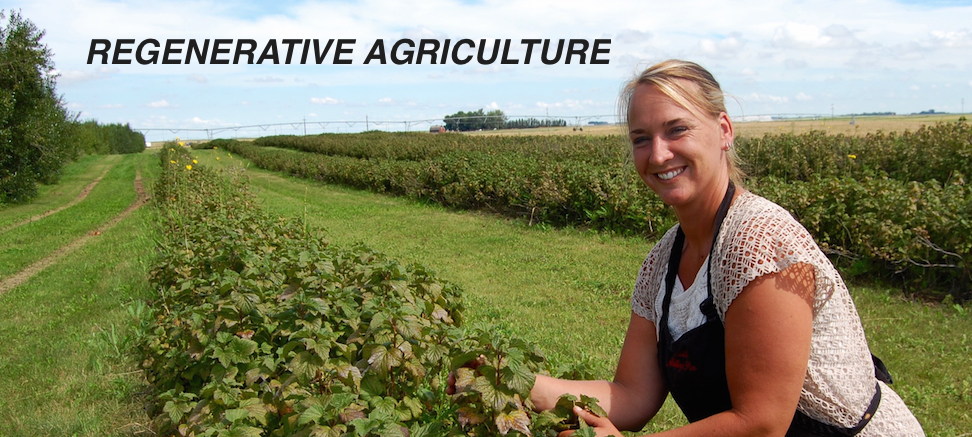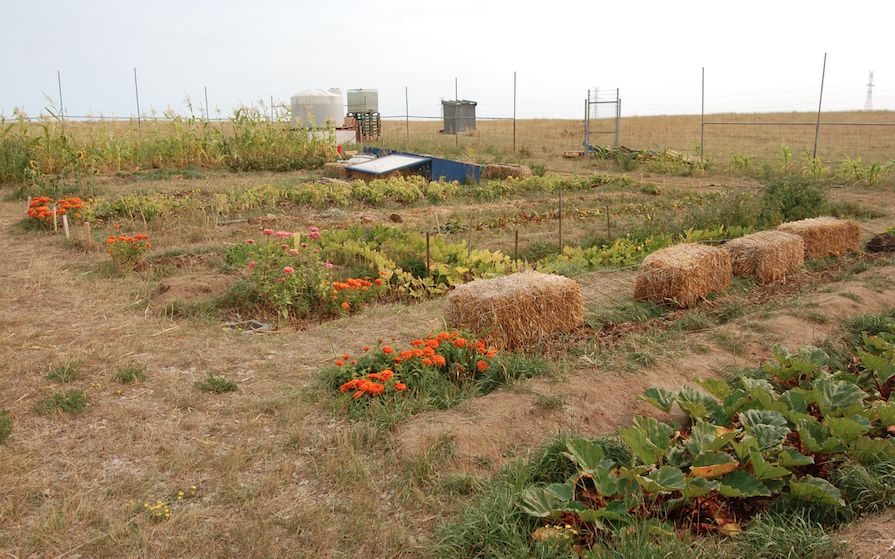
 |
 |
 |
 |
|
Regenerative Agriculture, also known as Agroecology, enhances agricultural production by sustaining the health of the soil. Increasing the organic vitality of the soil increases the carbon content, as well as improving nutrient availability, drought resistance and overall vigour.
Regenerative Agriculture practices include: reduced tillage, diverse cover crops, in-farm fertility (no external nutrients), no pesticides or synthetic fertilizers, multiple crop rotations, and family-scale operations. Together, these practices increase soil organic matter. This increased carbon supports a richer soil micro-ecosystem which, in turn, makes important nutrients more available. Many farms and ranches in southeastern Alberta implement various regenerative practices, although few, if any, operations promote themselves as regenerative. Specific examples include: - ranches manage large expanses of native vegetation which sequester considerable carbon; - much of the cropland benefits from no-till management; National Farmers Union has a substantial web page about agroecology. Regenerative Agriculture and Agroecology refer to the same group of practices and are used interchangeably. Both are non-prescriptive; they discourage the use of chemical fertilizers, pesticides and herbicides, but this is not an absolute requirement. Organic products, in contrast, must be certified to be sold as such in many jurisdictions, including Europe, and chemical inputs are strictly prohibited. Permaculture is a broader approach that started with the careful use of water, but has been expanded to become a holistic approach to land management. Currently, regenerative agriculture's more intensive management is generally most economical for high-value, low-volume crops such as vegetables. Cultivation of some specialty irrigation crops, such as dill and mint, may be adapted to be more regenerative. Farmers raising cereal crops often practice zero tillage which increases soil carbon and reduces erosion. However, herbicide use may increase in without careful weed management.
Transition FarmOn the Transition Medicine Hat Demonstration Farm, we modelled important regenerative practices for several years. The land was cultivated for many years, leading to extensive erosion. The land was seeded to agricultural grasses about 30 years ago. Soil health and productivity are both low.
During the 2021 growing season, we began rejuvenating the soil with specific practices such as:
From a practical perspective, we established water lines and storage tanks that are filled from the landowner's well, installed a fence to exclude cattle and some wildlife, and set up an outhouse using a building donated by Canlin Resources Ltd. Two volunteers with the Canadian Wildlife Federation's Conservation Corps, Mary and Nolan, spent one day each week helping with the farm. Over this period, they created several demonstration projects showing how agriculture can co-exist with wildlife. Features included fence markers to prevent wildlife collisions, patches of mud for butterflies, and a floating island to remove nutrients from a nearby dugout. The project was stopped in 2023 due to transportation challenges reaching the site. |

 - creating compost at both a farm and home scale.
- creating compost at both a farm and home scale.
